Herringbone Gears
A herringbone gear is a combination of double helical gears with two helices arranged on opposite sides of the hand. The teeth of the herringbone gears are arranged at an angle called the helix angle, with no gaps between the left and right helixes, appearing in the shape of the letter “V” These letters together form a pattern that resembles a fishbone structure. Since this structure has more than two teeth meshing with each other at the same time, the advantage is that the power transmission is smooth.
Herringbone Gears
A herringbone gear, a specific type of double helical gear, is a side-to-side (not face-to-face) combination of two helical gears of opposite hands. From the top, the helical grooves of this gear look like the letter V., Unlike helical gears. They do not produce an additional axial load.
A herringbone gear is a combination of double helical gears with two helices. Arrange on opposite sides of the hand. The teeth of the herringbone gears arrange at an angle called the helix angle, with no gaps between the left and right helixes, appearing in the shape of the letter “V” These letters together form a pattern that resembles a fishbone structure. Since this structure has more than two teeth meshing with each other at the same time, the advantage is that the power transmission is smooth.
The angled teeth of the herringbone gears help generate axial force and heat that is proportional to the magnitude of the helical tangent. The angle between the helix and the axis of rotation is 45 degrees; however, larger helix angles provide higher speeds. The arrangement of the two teeth of the herringbone gear counteracts the thrust exerted on each other, giving the advantage of smooth operation even at higher speeds.
Due to its special structure, the herringbone gear is difficult to manufacture, and the arrangement of the teeth increases the manufacturing cost, so it is more expensive than other gears. Herringbone gears help provide smoother, quieter operation and provide high speeds.
Custom Herringbone Gear
- Both large modules and large diameters are available.
- High precision, up to 0.05mm
- Quality control and management of the whole production process, including ingot smelting, forging, heat treatment, machining, and a strictly final inspection before delivery.
- Excellent product quality and service, competitive price, and “in-time” delivery.
| Product Name | Gear |
| Classify | Spur Gear, Helical Gear, Herringbone Gear, Spiral Bevel Gear, Bevel gear |
| Material | Medium Carbon Steel: 35#, 45# Carburizing Steel:20CrMnTi, 20CrMnMo Alloy Steel:40Cr, 35CrMo, 42CrMo, 40CrNiMo Cast Iron: HT250, QT400 |
| Standard | DIN GB ISO JIS BA ANSI |
| Module | Hobbing up to 40 Gear Milling up to 50 |
| Heat Treatment | Hardening&Tempering, Surface Quenching, Integral Quenching, Carburizing Quenching, Tempering, Normalizing, Nitriding |
| Application | Be widely used in all kinds of transmission, speed changing, rotation and other civilian or military equipment. |
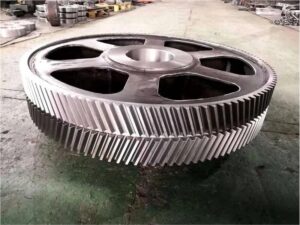 |
 |
Advantages of Herringbone Gear
- Reduced axial force
- Smoother transmission and engagement
- Reduced noise
- Self-centering capability
- High load capacity
Herringbone Gear Disadvantages
- Difficult to manufacture
- High Cost.
Gear Transmission
Herringbone gears mate via the use of smooth, precisely manufactured V-shaped teeth. Like helical gears, multiple teeth are engaged during rotation, distributing the workload and offering quiet operation. However, due to their tooth structure, herringbone gears nullify the axial thrust typical of helical gears.
The gear set’s teeth may be manufactured so that the tooth-tip aligns with the opposite tooth-tip or so the tooth-tip aligns with the opposite gear’s tooth-trough.
Herringbone Gear Manufacturing Process
When it comes time to manufacture gears, the number of components needed (aka batch size) and the complexity of the gear (with a simple spur gear being very easy to make, and a herringbone being slightly harder to make on mass) determines the choice of tool and gear manufacturing method. These methods include casting, forging, extrusion, powder metallurgy, and blanking. Regardless of the chosen method, most procedures start with a gear blank before the machining process helps to achieve the final surface, shape, size, and surface finish of the gear.
Machining Herringbone Gears
An effective cutting process for a herringbone gear typically involves hobbing, milling, and shaping, though these methods depend largely on whether or not a gap is required between the two helixes or if the herringbone is to be continuous.
1) Hobbing
When cutting herringbone teeth, rotary cutters and hobs are typically used. However, their functionality is only effective when there is a gap large enough to allow for cutter runout between the right and left helixes. Hobbing machines can be manufactured today to machine herringbone teeth in gears up to 5.6m in diameter.
2) End Milling
Cutting teeth in herringbone gears is not solely regulated to hobbing machines; end mills also have the capability of machining teeth, unaffected by whether or not the gears possess centre slots. Herringbone gears with a large diameter are generally better suited to be cut by end milling.
3) Shaping
Finally, we come to shaping – another suitable method to cut teeth on herringbone gears, provided they are continuous and contain a centre slot. Many similarities exist between the shaper used for cutting a helical gear and a herringbone gear, however, in the case of the herringbone gear two cutters – one for each helix -are controlled at once by an operator.
Herringbone Gear Applications
Here are the typical applications for which our herringbone gears can be used:
- Architecture
- Automotive industry
- Construction purposes
- Commercial uses
- Transportation
- Marine industry
- Agricultural and farming
- Other industries
Difference Between Double Helical and Herringbone Gear
| Double Helical Gear | Herringbone Gear |
|---|---|
 |
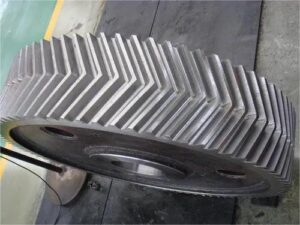 |
| In double helical gear, a small gap is maintained by cutting a groove between two identical helical gears with opposite hands of the helix. | In herringbone gears, no such gap is provided between two identical helical gears with opposite hands of the helix. |
| Hobbing, a highly productive gear-cutting process, advantageously application for cutting double helical gears. | Hobbing is not preferred for cutting herringbone gears as the hob (cutter) can run over the other half similarly because of no gap. It is usually cut by a gear shaper, which is a slow process. |
| Due to the intermediate gap between two helical gears, it requires more axial space. | Less axial space is required for the same power transmission requirement. |
Herringbone Gear Manufacturers
The standard versions of our herringbone gears are available with diameters up to 60 inches. The diametrical pitch can vary between 16 DP to 2 DP. The face width of these units extends up to 18 inches. The gears may have hex and flat shaft features. We also offer fully serviced custom-designed herringbone gears that offer more enhanced performance for various operations. Based on the specific measurements you are looking for, our customers can create excellent specimens of herringbone gear that can be good for your business.
As well as herringbone gears, we also manufacture other gear types, such as spur gears, helical gears, worm gears, bevel gears, and double helical gears, for your planetary gearboxes, worm gearboxes, agricultural gearbox, and helical bevel gearboxes.
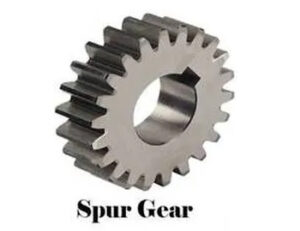 |
 |
 |
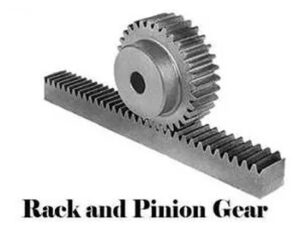 |
 |
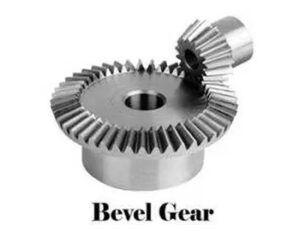 |

Packing Shipping Delivery
  |
 |
|
 |
 |
|
How to choose power transmissions parts and industrial products which meet our requirement
| Chains | Sprockets | Pulleys | Timing belt Pulley | V-belt Pulley |
| Sheaves | Coupings | Bush &Hub | Gear& Rack | V-Belt |
| Locking Assembly | Pulley | Gearbox | Reducer | Shaft Collar |
| Rod End Bearing | Clevis | PTO | Chain Guide | Belt Guide |
| Rubber Buffer | Chain Tensioner | PTO Drive Shafts | Universal Joints | Roller Chains |
| Conveyor Chains | V-Belts | Worm Gearbox | Helical Gear | Worm |
| Agricultural Chain | CNC Proces Parts | Casting | Stamping | |
| Powder Metallurgy | CNC Proces Parts | Casting | Stamping |
What Products Do you sell ?
We are a group of factories, give customer one stop solution of power transmission and industrial products. We are in the position to supply wide range of products, including chains, sprockets, v-belt and v-belt pulleys, timing belt and timing belt pulleys, gears, speed reducers, motors, racks, couplings, and many other parts, like locking assembly, taper bushing, Chain guide, shaft collar, torque limiter, cam clutch, universal joint, motor base and motor slide, rod end, clevis, rubber mount, etc. We make special parts according to drawings and/or samples.
How to choose a gearbox which meets our requirement?
You can refer to our catalogue to choose the gearbox or we can help to choose when you provide
the technical information of required output torque, output speed and motor parameter etc.
What information shall we give before placing a purchase order?
a) Type of the gearbox, ratio, input and output type, input flange, mounting position, and motor informationetc.
b) Housing color.
c) Purchase quantity.
d) Other special requirements.
What industries are your gearboxes being used?
Our gearboxes are widely used in the areas of textile, food processing, beverage, chemical industry,
escalator,automatic storage equipment, metallurgy, tabacco, environmental protection, logistics and etc.
What is the producing process?
Production process including raw material cutting, machine processing, grinding, accessories cleaning, assemble, cleaning, stoving, oil coating, cover pressing, testing, package.
How to control the products quality?
Combining advanced equipment and strict management, we provide high standard and quality bearings for our customers all over the world.
What is the transportation?
-If small quantity , we Suggest to send by express, such as DHL,UPS, TNT FEDEX. If large amount, by air or sea shipping.
Can we design packaging?
-Yes. Default is regular packing, and we can make customer's own packing.
Can you provide OEM service?
-Yes, we work on OEM orders. Which means size, quantity, design, packing solution, etc will depend on your requests; and your logo will be customized on our products.
Can you give me discount on Power Transmissions Parts and Industrial parts?
-Yes, of course. Pls. send me your Email, you'll get more
Q: Are You a trading company or a manufacturer?
A: We Are the factory and have our Own trading company
Q: How Can I get an offer?
A: please send US quotation information: drawings, materials, weight, quantity and requirements, we can accept PDF, ISGS, DWG, STEP file format. If you don't have the drawings, please send us the samples, we can also quote you according to your samples.
Q: What is your minimum order size?
A: it is usually 100 pieces, but a low quantity is acceptable under some special circumstances.
Q: Do you provide samples? Is it free or extra?
A: Yes, we can provide samples free of charge, but we don't pay the freight.
Q: What is the lead time for mass production?
A: honestly, it depends on the number of orders. Normally, if you don't need the tools, deposit them after 30 days or so.
Q: What if the parts don't Work?
A: we can guarantee the quality, but if it happens, please contact us immediately, take some photos, we will check the problem and solve it as soon as possible.
Q: What are your terms of payment?
A: payment is less than US $1000,100% in advance. Payment: $1000,50% wire transfer in advance, balance before shipment,Other Terms of payment are negotiable

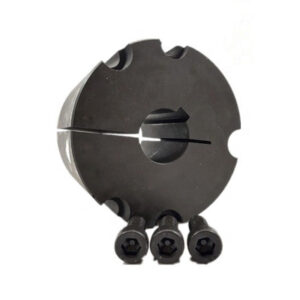
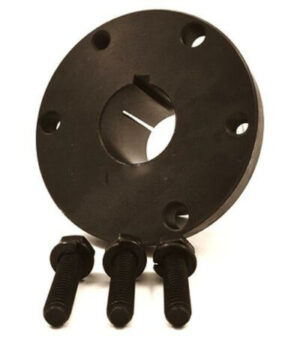
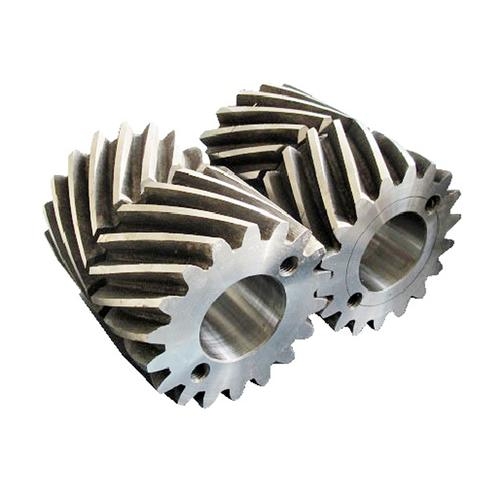
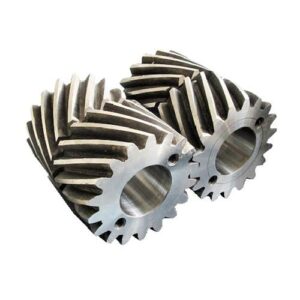
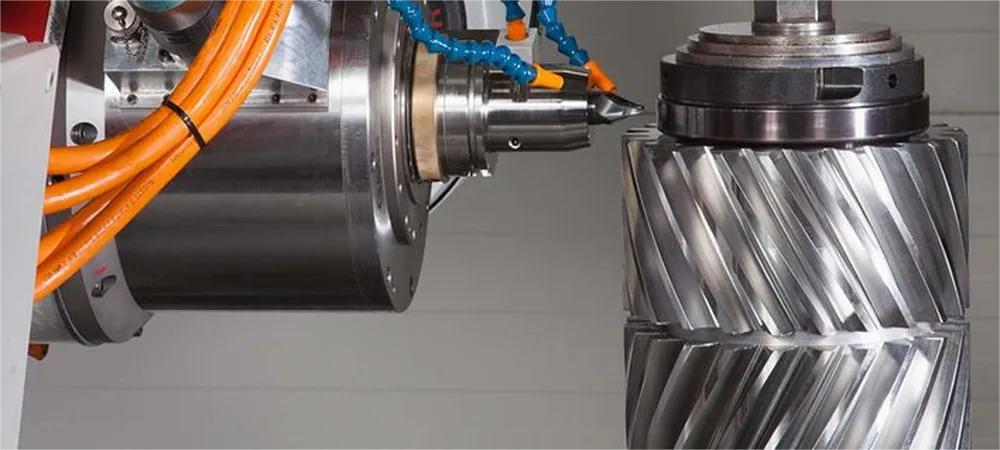
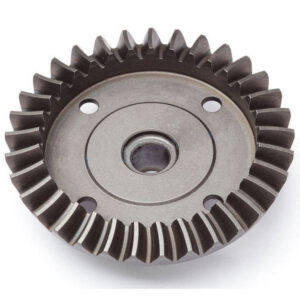
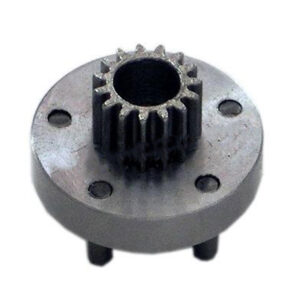
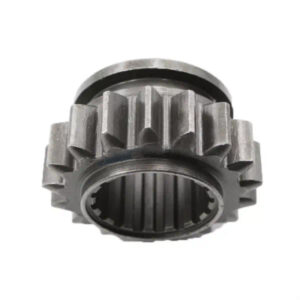
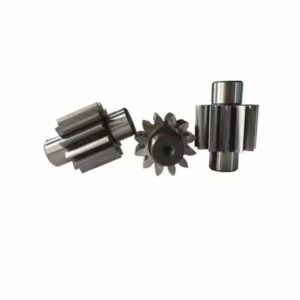
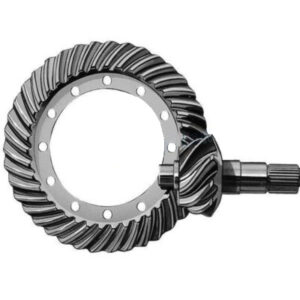


Reviews
There are no reviews yet.